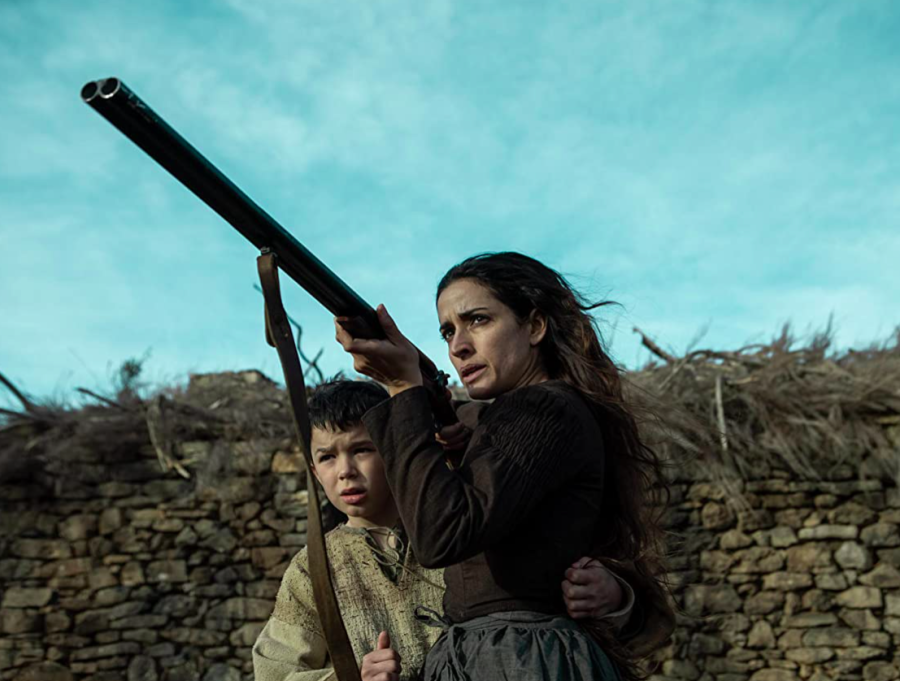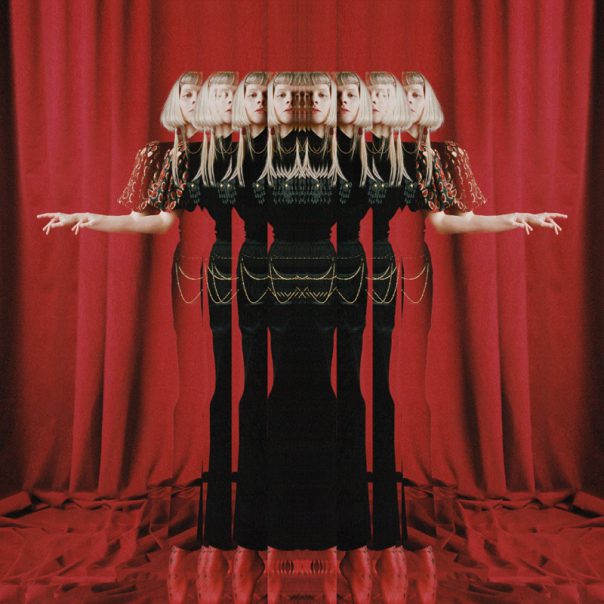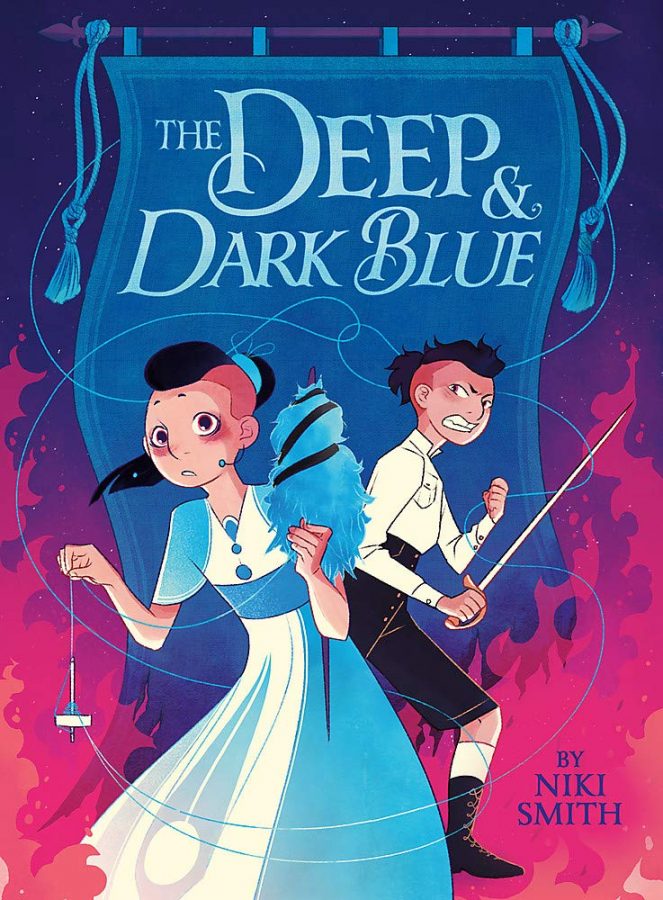As a part of Asian Pacific American Heritage week, De Anza’s California History Center and the DASB funded a visit and presentation from world famous storyteller Brenda Wong Aoki and her husband and composer Mark Izu. Aoki is an amazing writer and performer who has released several books regarding her multi-cultural background, and has also received many prestigious awards for her plays. Aoki’s presentation focused on her newest work, “Uncle Gunjiro’s Girlfriend”, and the ten years worth of research behind it. The performance is an inside look into the first Asian-Caucasian marriage in California and the resulting backlash against the Asian community around the Bay Area. “In my family, there has always been a secret shame,” said Aoki, “but we never knew what it was from.” Her curiosity led to questioning relatives, and she soon discovered the story of her uncle Gunjiro, and his American wife Helen Emory. Gunjiro was a socialist, an illegal immigrant, and also a shintoist. Helen was from a well-known family in San Francisco, and her father was the archdeacon of Grace Cathedral. They met through Gunjiro’s brother and Aoki’s father Chojiro, who was trained by Helen’s father to become a priest. Keep in mind that this was in the early 1900’s, and interracial relationships weren’t necessarily encouraged. Gunjiro and Helen soon fell in love, and Gunjiro proposed to her after asking her parents for consent. “An asian man engaged to a white woman was unheard of at the time”, explained Aoki. She then showed slide after slide of newspaper clippings that ran headlines such as “Yellow Faced Jap To Wed Archdeacon’s Daughter” and other racist remarks. “Don’t you just love it?” joked Aoki. With Gunjiro receiving numerous death threats, things were getting serious. Citizens even tried to bribe him to go back to Japan, offering to pay him one thousand dollars in US cash, but Gunjiro declined the offer, telling them he would never leave Helen Emory, “not even for $2 million.”Meanwhile, Helen’s mother was pleading with the press to leave her daughter and Gunjiro alone. “What’s wrong with marrying another immigrant?” she asked the papers. But her views weren’t shared by her husband, the Archdeacon Emory, who soon resigned from his position at Grace Cathedral, and eventually divorced his wife over the matter. Since Gunjiro and Helen could not be married in San Francisco, they decided to take a train up to Oregon to be consummated. However, word spread quickly and a violent mob gathered at one of their stops on the way to Oregon.”Now here’s the exciting part,” muses Aoki. Due to a tip from a friend of Gunjiro’s, the couple hopped on a different train and bypassed the mob completely. “I can just picture it,” said Aoki with bright eyes, comparing the scene to a cinematic climax. Gunjiro and Helen did not find refuge in Oregon though. The state’s mayor refused to approve the marriage, and the couple was forced to travel to Seattle, Washington, where a socialist mayor finally permitted their marriage. It wasn’t the end of their problems though. Back in San Francisco, a group called the Anti-Asian League passed an addition to its anti-miscegenation laws in the California State Legislature, making marriage between Asians and Caucasians illegal up until 1953. Also, when Helen and Gunjiro returned to the bay area, Helen’s citizenship was revoked due to her marriage to an illegal alien. Forty-five years and 5 kids later, Helen was granted citizenship again after a judge overturned the original outcome. Aoki’s father, Chojiro, was also forced to move to Utah, where he left the priesthood in order to become a sharecropper. Aoki explains that “Uncle Gunjiro’s Girlfriend” is a classic tale of forbidden love, complete with an outraged public, death threats, and a narrow train escape. It is also a startling look at the San Francisco Bay Area during the early 1900’s.
Categories:
Brenda Wong Aoki
May 31, 2007
Story continues below advertisement
More to Discover








